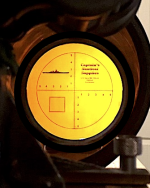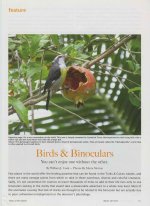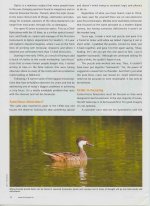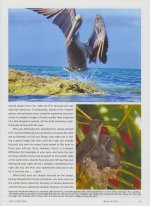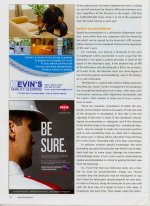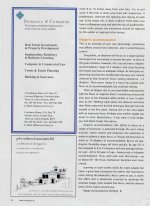Hello all and Season’s Greetings,
It would appear I am a tremendous failure or that some of you who like to speak so much are at a deficit when it comes to reading or listening. I have been addressing this issue—in print and lectures—for 47 years! But then, perhaps my half-century in optics, having repaired and collimated more than 12,000 binoculars, and working for the organization (the US Navy) that came up with the current procedure for the most accurate binocular collimation is somehow not good enough to please the viewers of Birdforum who think they have a better way.
1. Attached is an image of the inside of my Mk 5 collimator. I am glad someone mentioned 3-axis alignment. However, the real deal is a very simple operation but seems to lend itself to those who get an ego stroke out of making a simple procedure into something more convoluted and confusing than it needs to be.
2. I am amazed—although I should not be—that the folks who want their binoculars collimated to a level far greater than the most nitnoidy of observers could recognize have continued to want better. It’s like those who already own one of the best binoculars ever made keep needing to … drum rolls, please ... UPGRADE!
Not only has the exact procedure been described in both BINOCULARS: Fallacy & Fact (38 pages on collimation) and Understanding & Attaining 3-Axis Collimation (69 pages on Collimation) The whole book deals exclusively with the subject. Not only that, I have been posting the EXACT step-by-step procedure on Birdforum, Cloudy Nights, and others LONG before the first book was published.
3. Finally, in the first 30 posts in this thread I haven’t seen any mention of physiological accommodations, which is hands-down the greatest detractor to near perfect collimation! (Perfect collimation does not exist, at least to the level armchair optical engineers think/want. I have never collimated a binocular to “perfection.” And, if I did it was only to last for minutes as temperature and humidity allowed it to be so for those few minutes.
4. The most hated man is the one who tells the truth—Plato
Cheers,
Bill
PS I have been asked, more than once to post my whole article on SPATIAL and DIOPTRIC accommodation. So, here ya go.
PPS Oops! I left out the last page; it has now been added it.


 www.neue-augen.de
www.neue-augen.de






